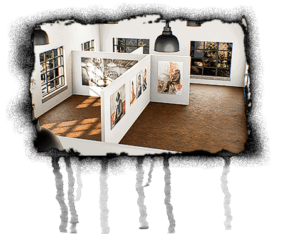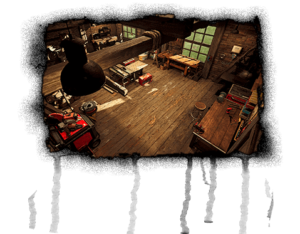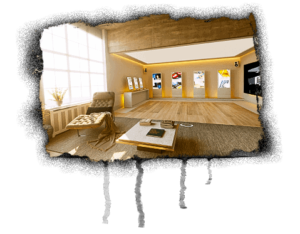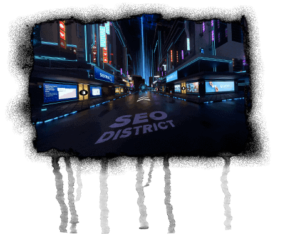voice over
Voice over is a technical term that originally comes from radio. It designates the voice recordings that are superimposed on the original soundtrack. When translating interviews, the original voice can be heard in the background and the translation in the foreground. What is meant is the voice that overlays a sound recording or a film scene.

Where voiceovers are used
The technology is used in radio and film. In documentaries, a commentator or narrator often explains what is happening. In feature film, a narrator sometimes describes the plot or reflects a character’s thoughts. A voice over can also be used as a transition from one scene to the next. The dialogue is not over yet, while the next film scene begins. Or a dialogue can be heard while the characters themselves cannot be seen. For example, they can be inside a house while the camera is already showing the street. In the video industry, the narration is also referred to as a voiceover, although a video animation naturally has no soundtrack. In a project such as an advertising film or a product animation, the technology for cinematic communication is also of enormous importance. In any case, only the voice can be heard, but the actor cannot be seen. Not to be confused is superimposed voice with voice actor. He faithfully reproduces the spoken words of the film characters in another language, while off-texts should be clear and short.
In radio, the voiceover technique should underline the authenticity of an interview or contribution. This should give the listener the opportunity to understand foreign-language texts. However, this method increases the transmission time, since the original sound has to be given sufficient space. Therefore, other methods are used for short contributions: The original sound can only be heard briefly at the beginning and end, otherwise a speaker explains the content of the conversation.
Voiceover in the movie
In the film, voice over is used to achieve a better understanding of the film scenes. In this way, backgrounds, previous stories and historical contexts can be introduced without having to convert them into film scenes. Especially when filming literary originals, a narrator provides the viewer with the information they need to understand the context. At the same time, however, the language in the foreground may distract from what is happening in the film. It must therefore be used judiciously.
